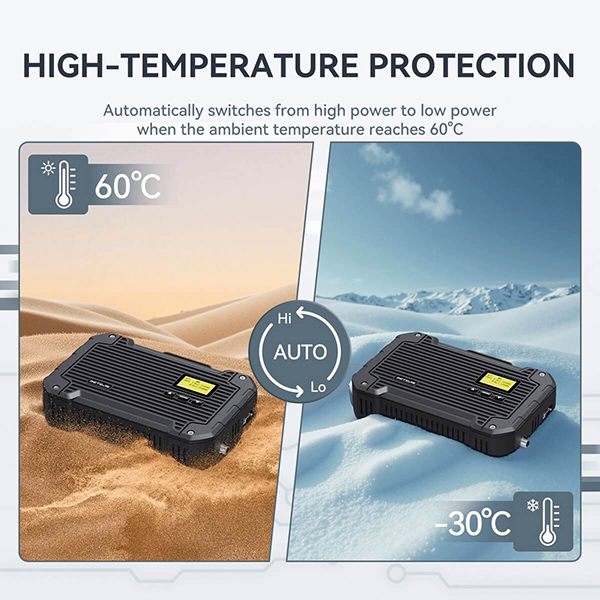How to Communicate During Natural Disasters with a GMRS Repeater Radio

How to Communicate During Natural Disasters with a GMRS Repeater Radio
When hurricanes, wildfires, or earthquakes strike, traditional communication networks often fail—leaving families and communities isolated. A GMRS repeater radio like the RT97L (25W, IP66 waterproof) provides a reliable lifeline when cell towers go down and power grids collapse. With 25 watts of power and weatherproof durability, this GMRS repeater radio ensures you can maintain contact with loved ones, coordinate emergency responses, and receive critical updates when conventional systems fail.
1. Why the RT97L Is Essential for Disaster Communication
25-Watt Power for Maximum Reliability
-
Extends range up to 20+ miles (line-of-sight) when cell networks are overloaded
-
Penetrates dense urban rubble and storm debris better than low-power radios
-
Boosts signals from handheld GMRS radios for wider coverage
IP66 Waterproof & Extreme Weather Resistance
-
Operates in heavy rain, floods, and snowstorms without damage
-
Withstands dust and airborne debris during wildfires or tornadoes
-
Functions in extreme temperatures ( -30°C to 60°C)

- RT97L GMRS Repeater Radio
Independent of Cellular or Internet Infrastructure
-
No reliance on vulnerable power grids
-
Works without cell towers or Wi-Fi
2. Setting Up Your GMRS Repeater for Emergencies
Optimal Placement for Disaster Scenarios
-
Elevate on a rooftop or second floor to avoid flood damage
-
Use a portable antenna if forced to evacuate quickly
-
Keep away from metal obstructions that can block signals
Power Solutions for Prolonged Outages
-
12V car battery (with alligator clips for quick connection)
-
Solar panel + power bank for indefinite off-grid use
-
Hand-crank generator for emergency backup
Pre-Disaster Preparation Checklist
Program emergency channels
Test signal range in your neighborhood
Store backup batteries & cables in a waterproof container
Train all family members on basic radio operation
3. Emergency Communication Protocols During Disasters
Structured Check-In System
-
Hourly status updates if sheltering in place
-
Designated "Net Control" operator to manage transmissions
Clear Message Formats
-
Use phonetics for clarity
-
Repeat vital information twice
-
Keep transmissions brief to conserve battery
Neighborhood Coordination
-
Organize a community response network
-
Assign scouts to check on elderly residents
-
Share resource availability (water, generators, medical aid)
4. Disaster-Specific Communication Strategies
Hurricanes & Floods
-
Seal radio in waterproof bag if evacuating
-
Monitor NOAA weather channels for storm updates
-
Use high-ground repeaters to avoid water damage
Wildfires
-
Track fire movement via relayed observations
-
Wear mask to reduce smoke inhalation while transmitting
-
Prepare for rapid evacuation signals
Earthquakes & Structural Collapse
-
Designate outdoor meeting points with clear radio codes
-
Use low-power mode if trapped to conserve battery
-
Tap into rescue teams' GMRS frequencies (pre-arranged)
5. Post-Disaster Recovery Communication
Restoring Local Networks
-
Set up temporary repeater stations for community use
-
Coordinate with emergency services on shared channels
-
Document signal dead zones for future preparedness
Mental Health Check-Ins
-
Establish daily wellness rounds via radio
-
Share counseling resource information
-
Maintain routine communications to reduce trauma
Final Recommendation: Be Ready Before Disaster Strikes
The RT97L GMRS repeater radio (25W, IP66 waterproof) provides unmatched reliability when natural disasters disrupt normal communications. By following these protocols, you'll ensure:
Continuous contact with family when phones fail
Coordinated neighborhood response efforts
Access to life-saving weather alerts
Peace of mind during prolonged emergencies
Don't wait for the next disaster—prepare your communication plan today.






